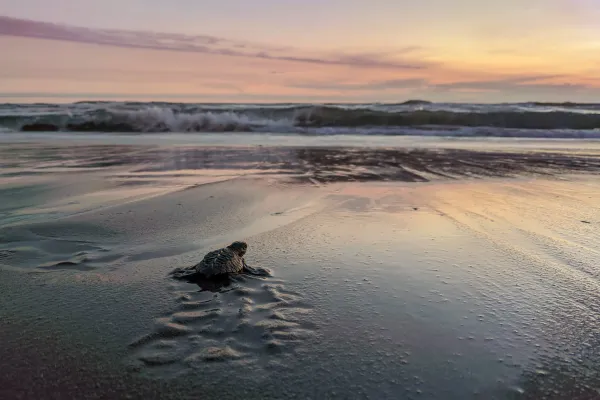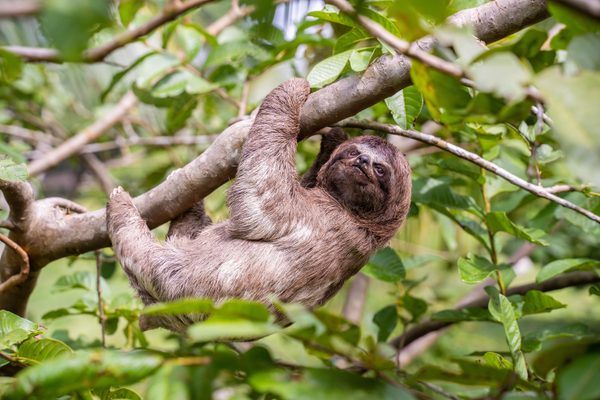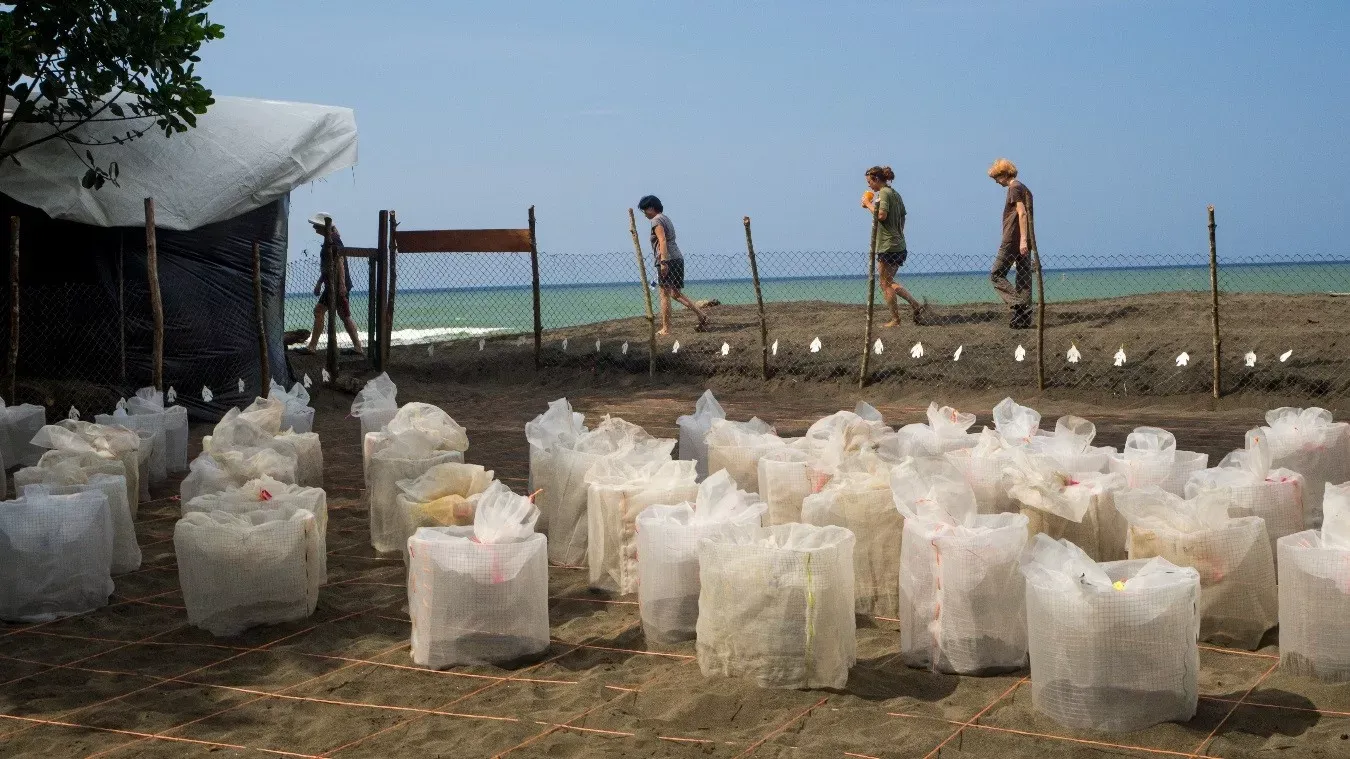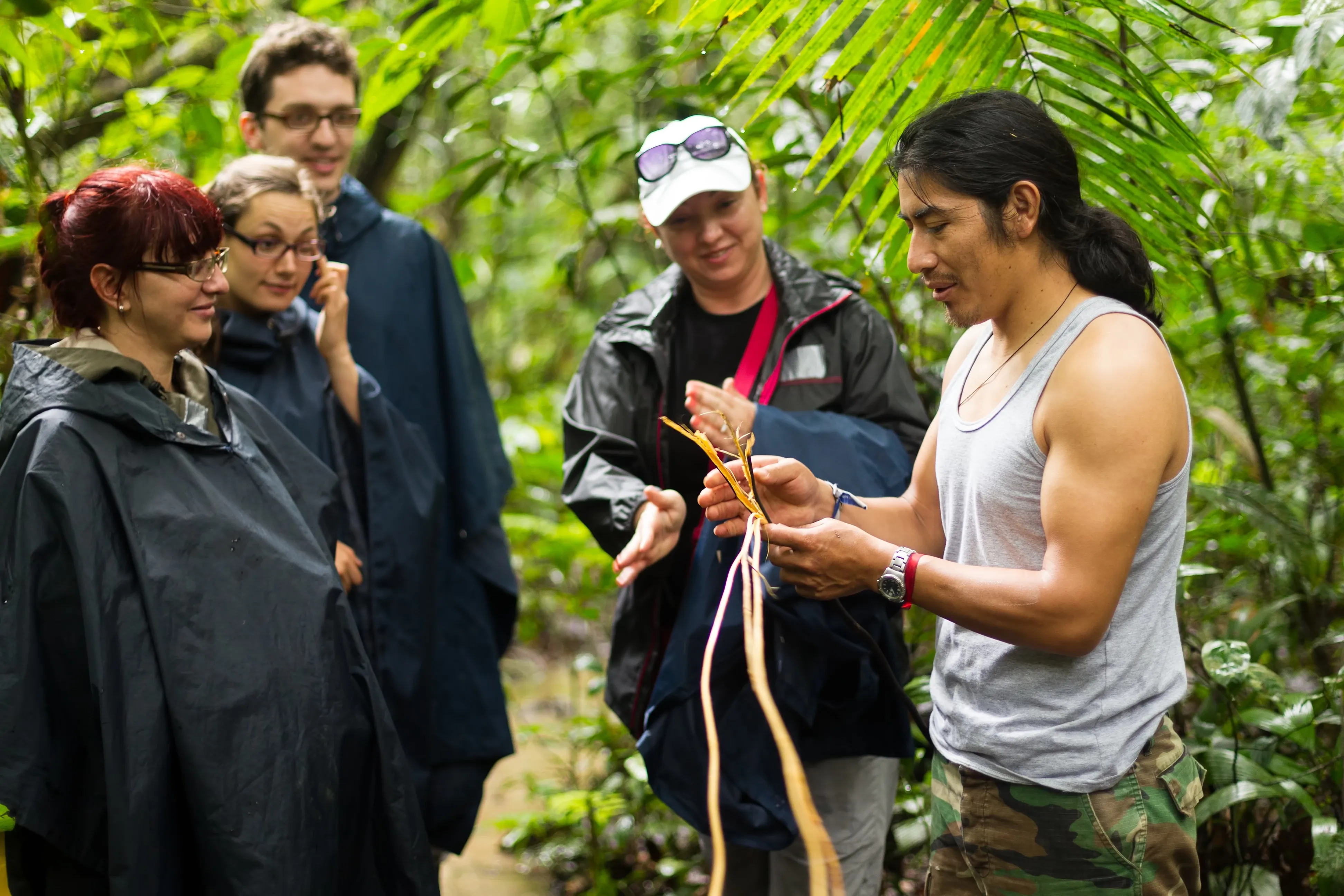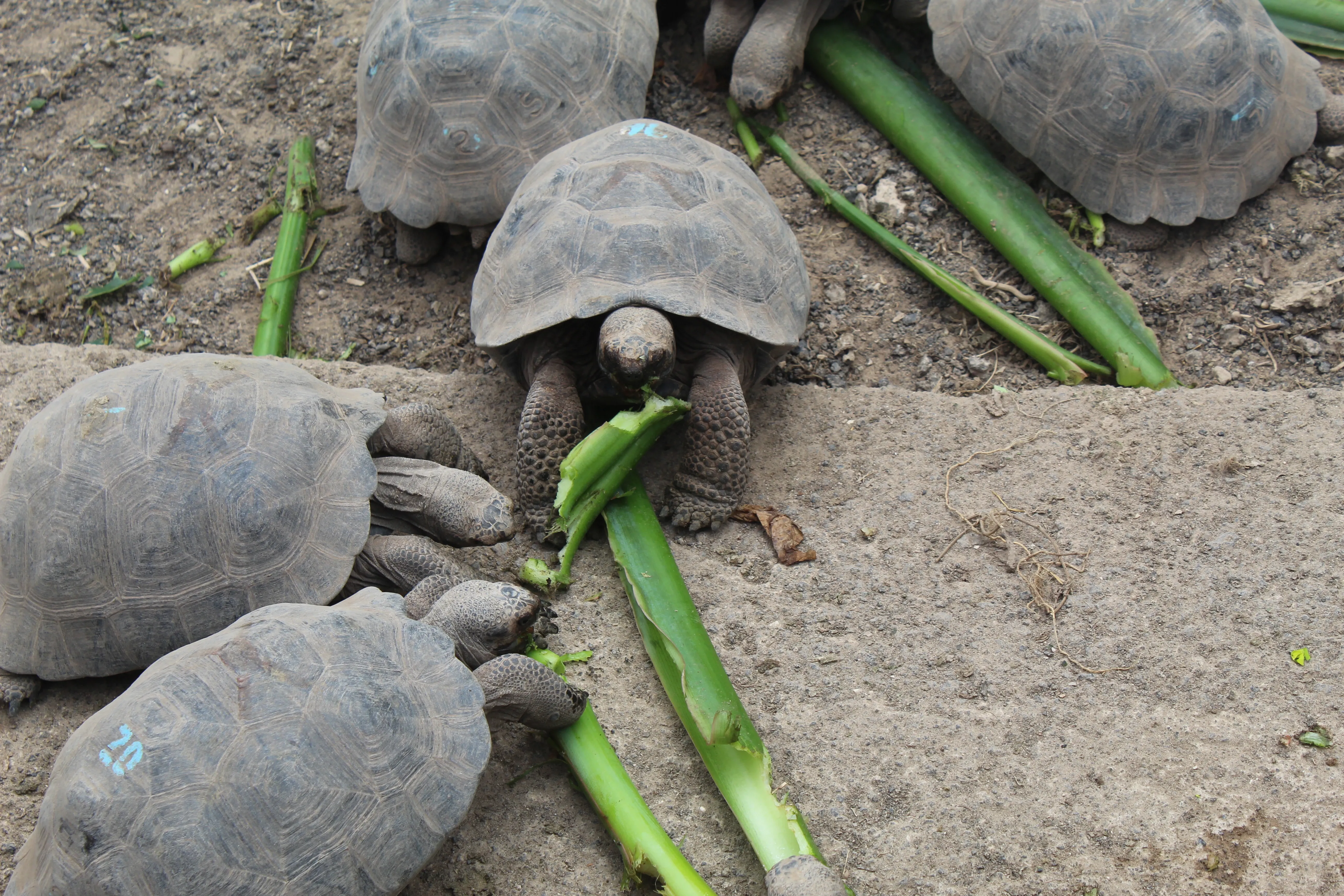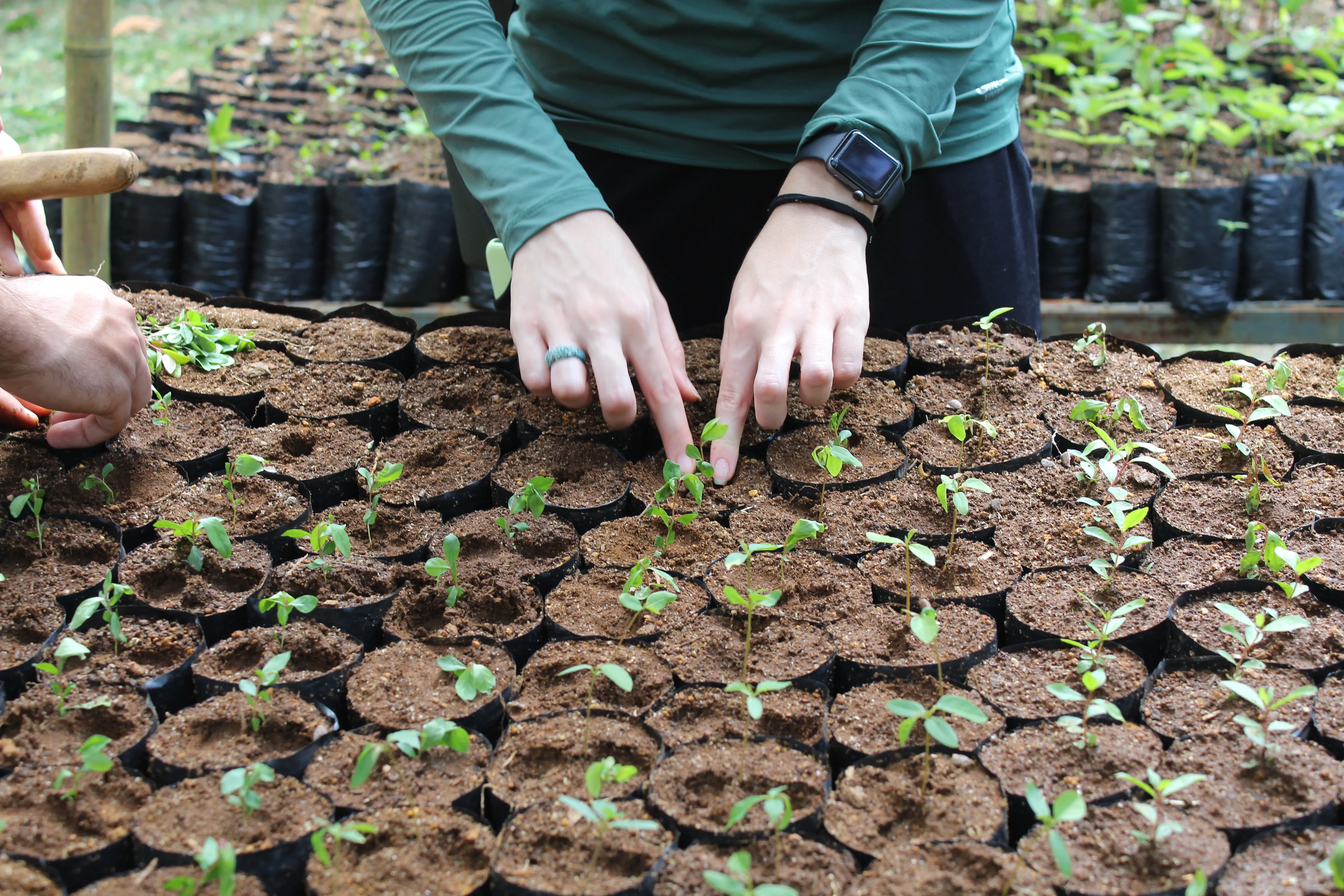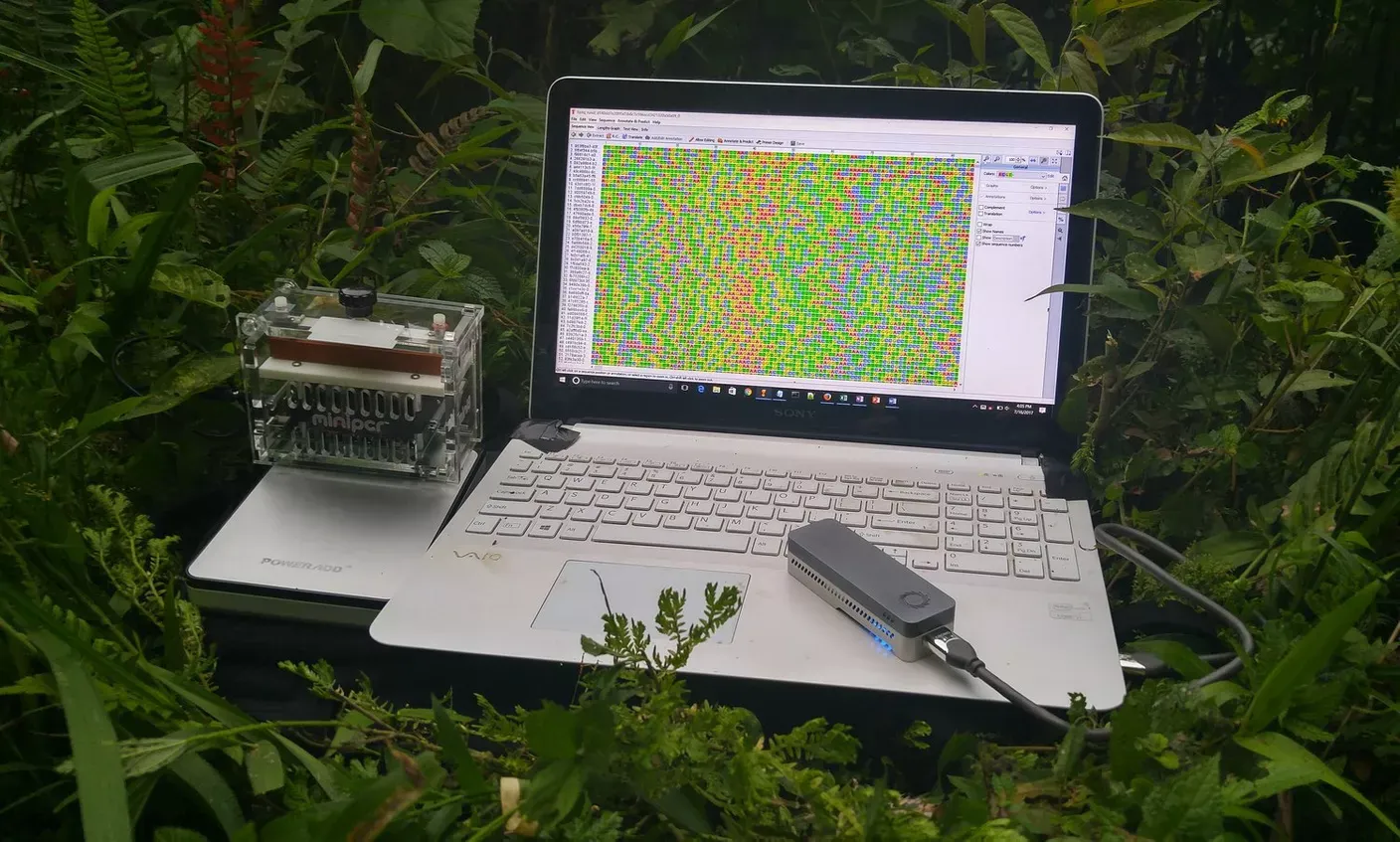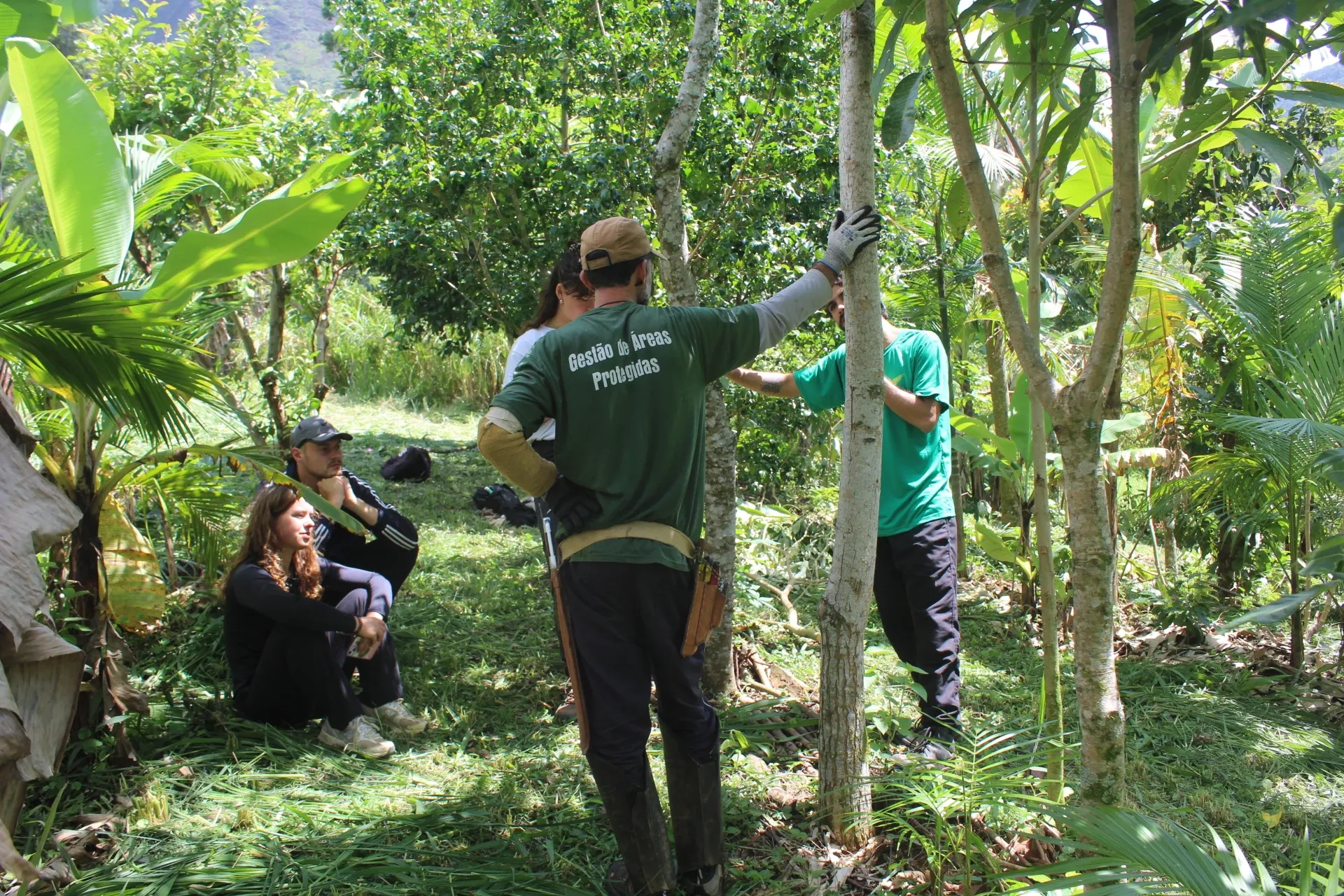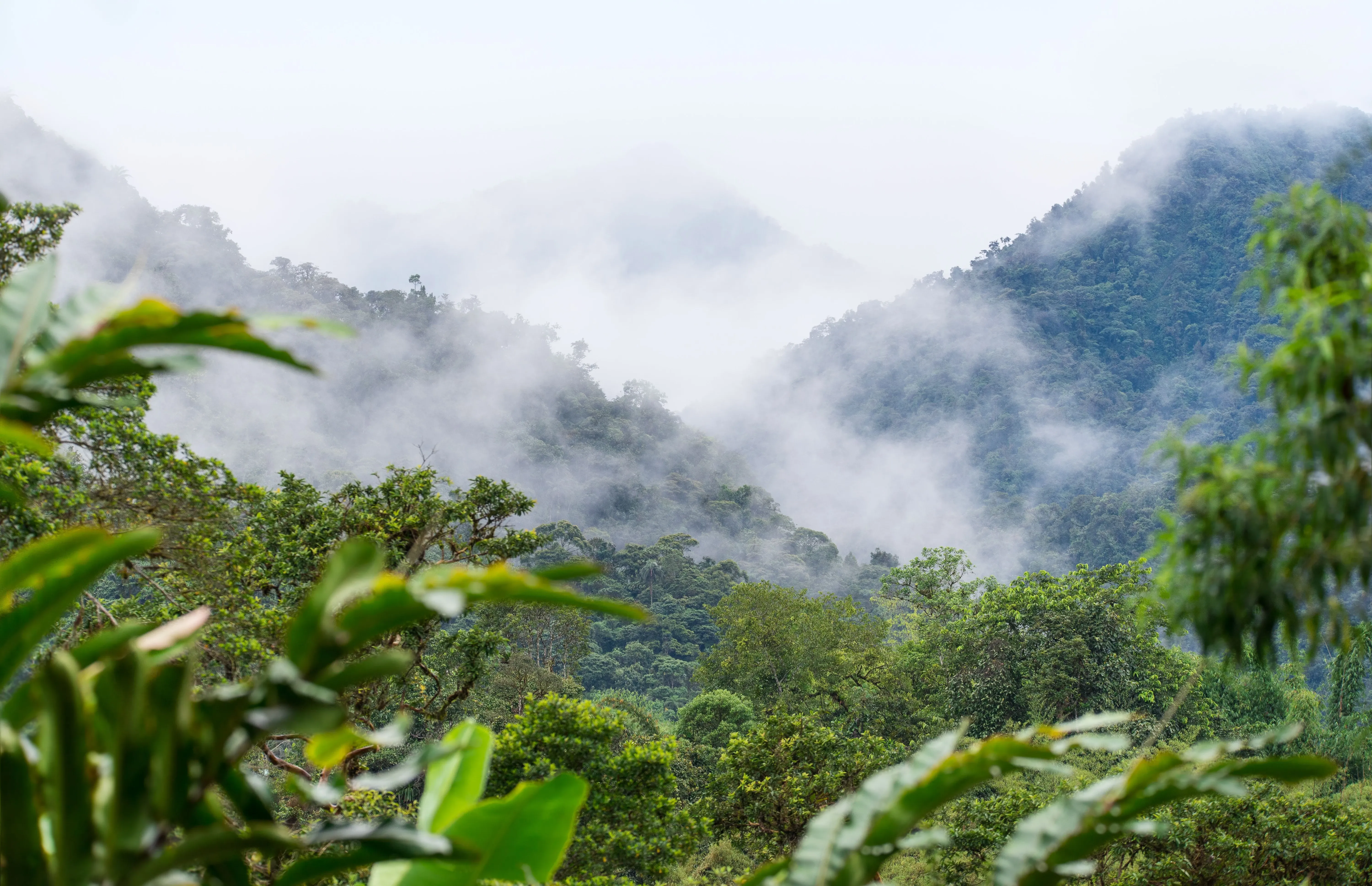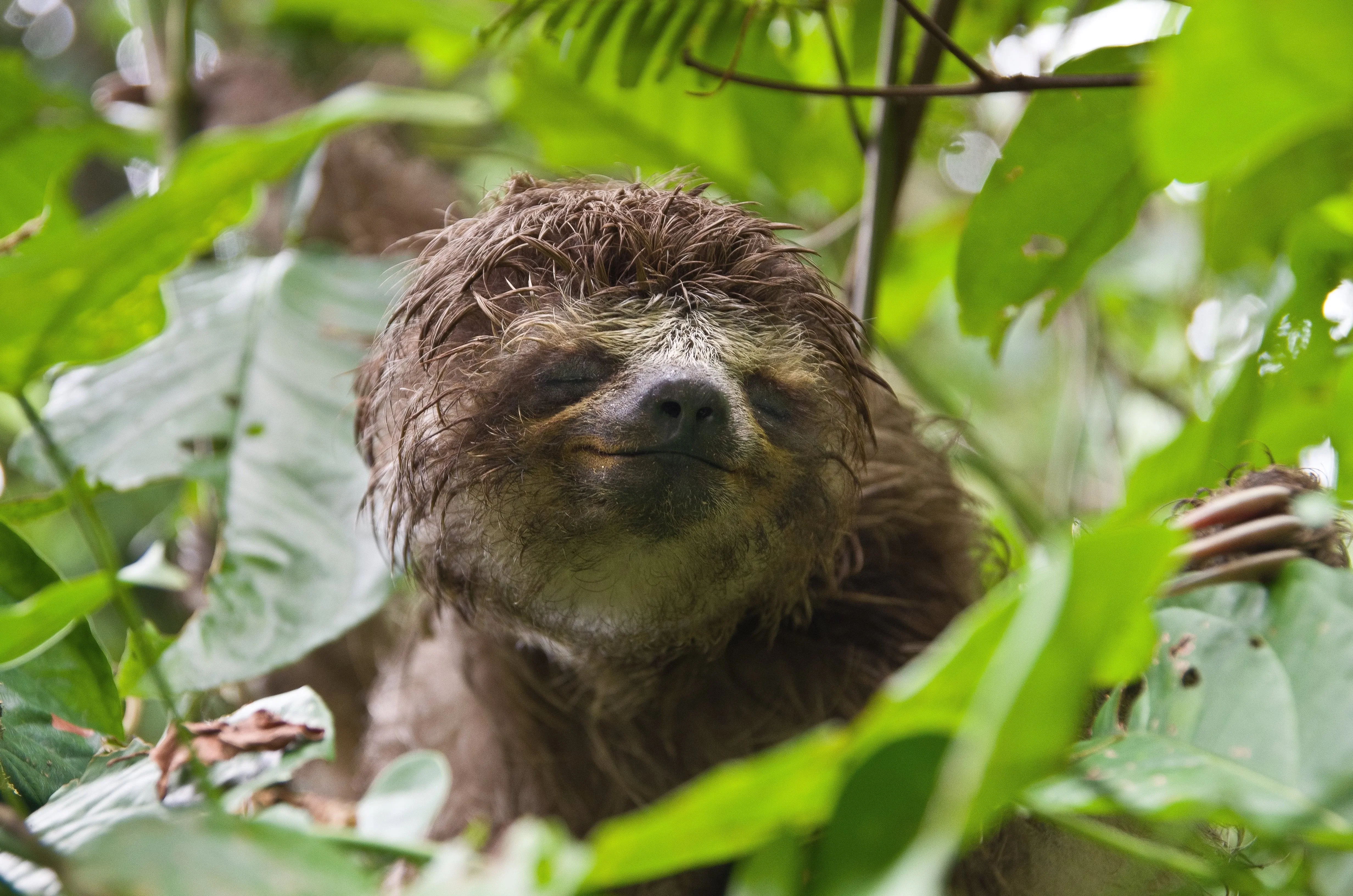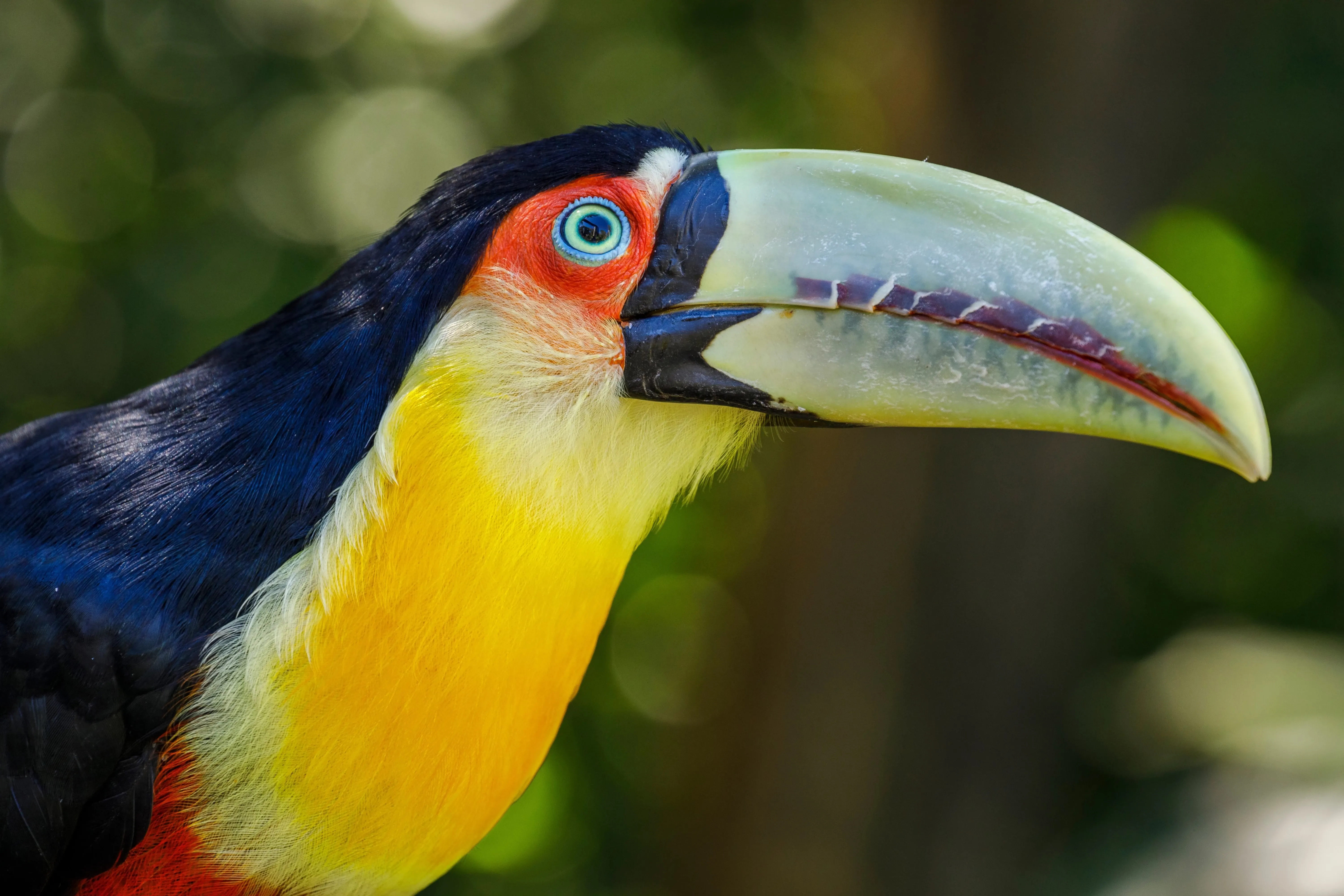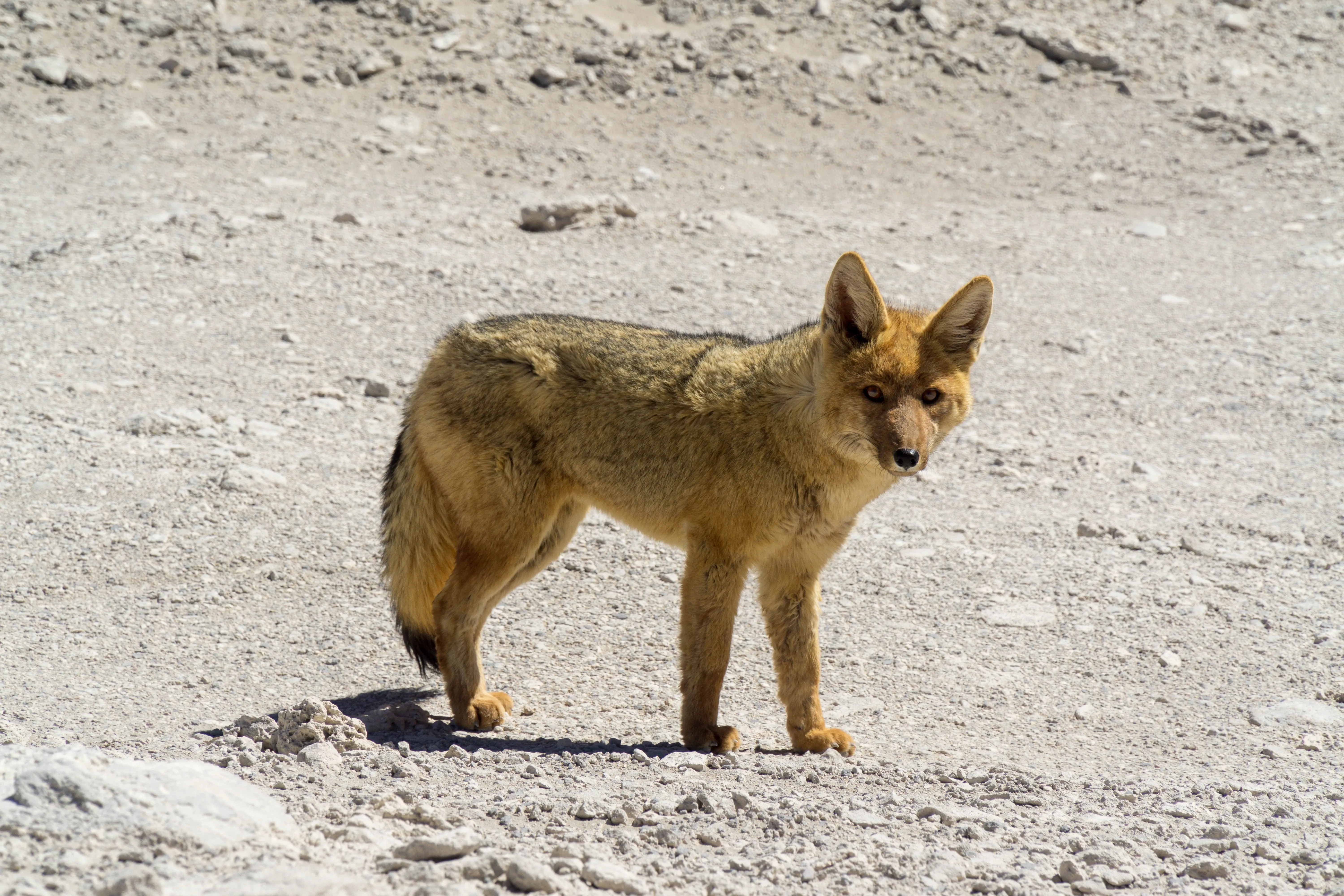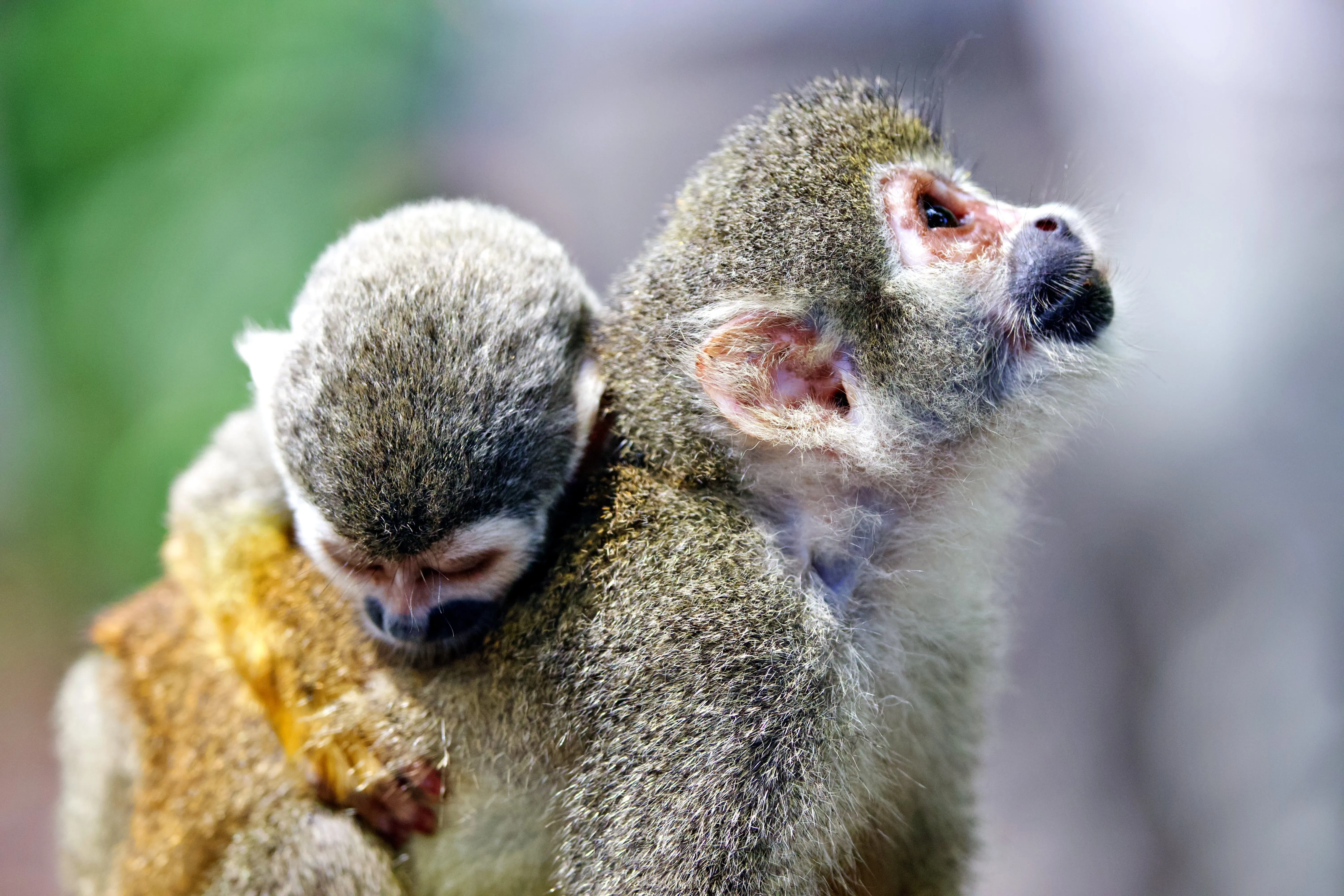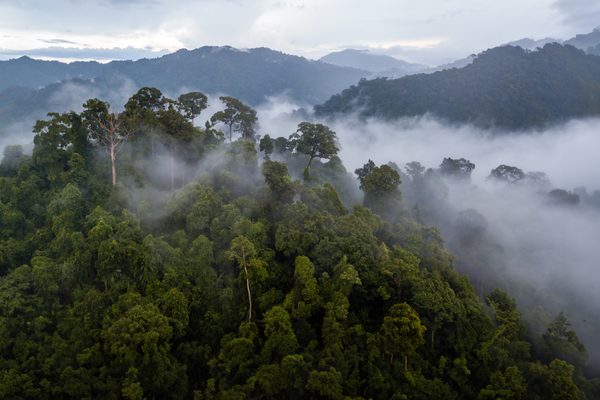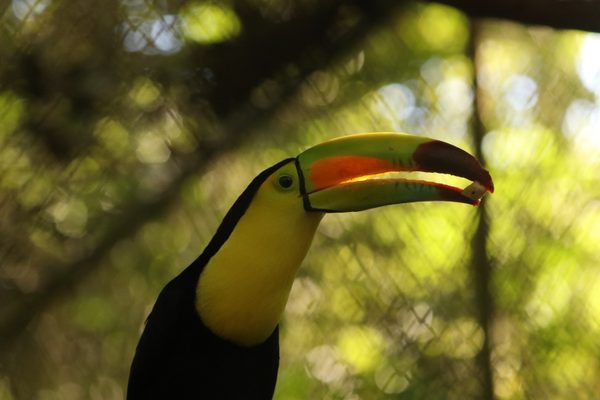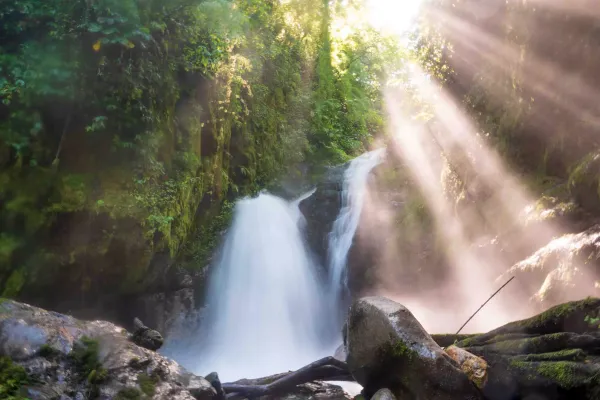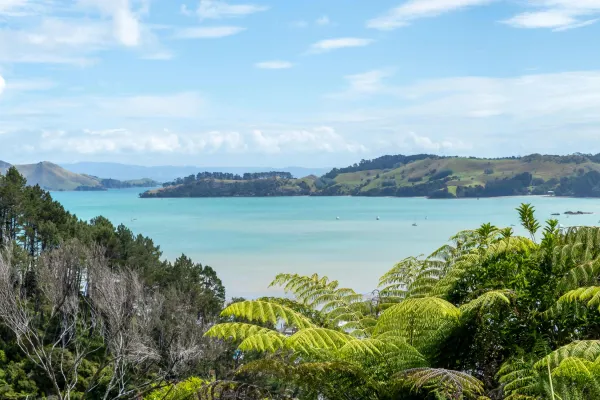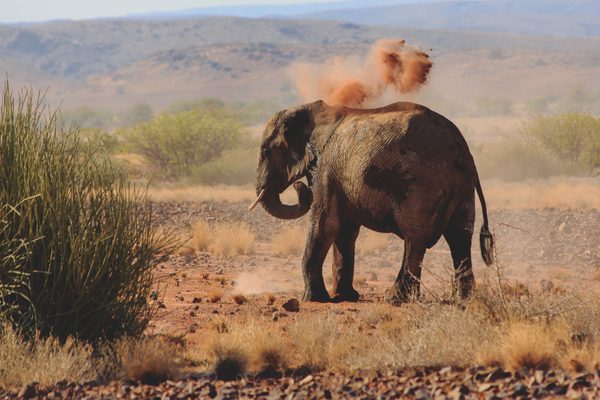Volunteering in South America
Volunteering in conservation across South America offers a rich tapestry of opportunities to immerse oneself in diverse ecosystems and contribute meaningfully to environmental sustainability. From the lush Amazon rainforest to the expansive Andean highlands and coastal habitats, volunteers can engage in a range of activities such as reforestation efforts, wildlife monitoring, and community outreach programs.
This region is not only home to an incredible array of flora and fauna but also faces significant conservation challenges like deforestation, habitat fragmentation, and endangered species protection.
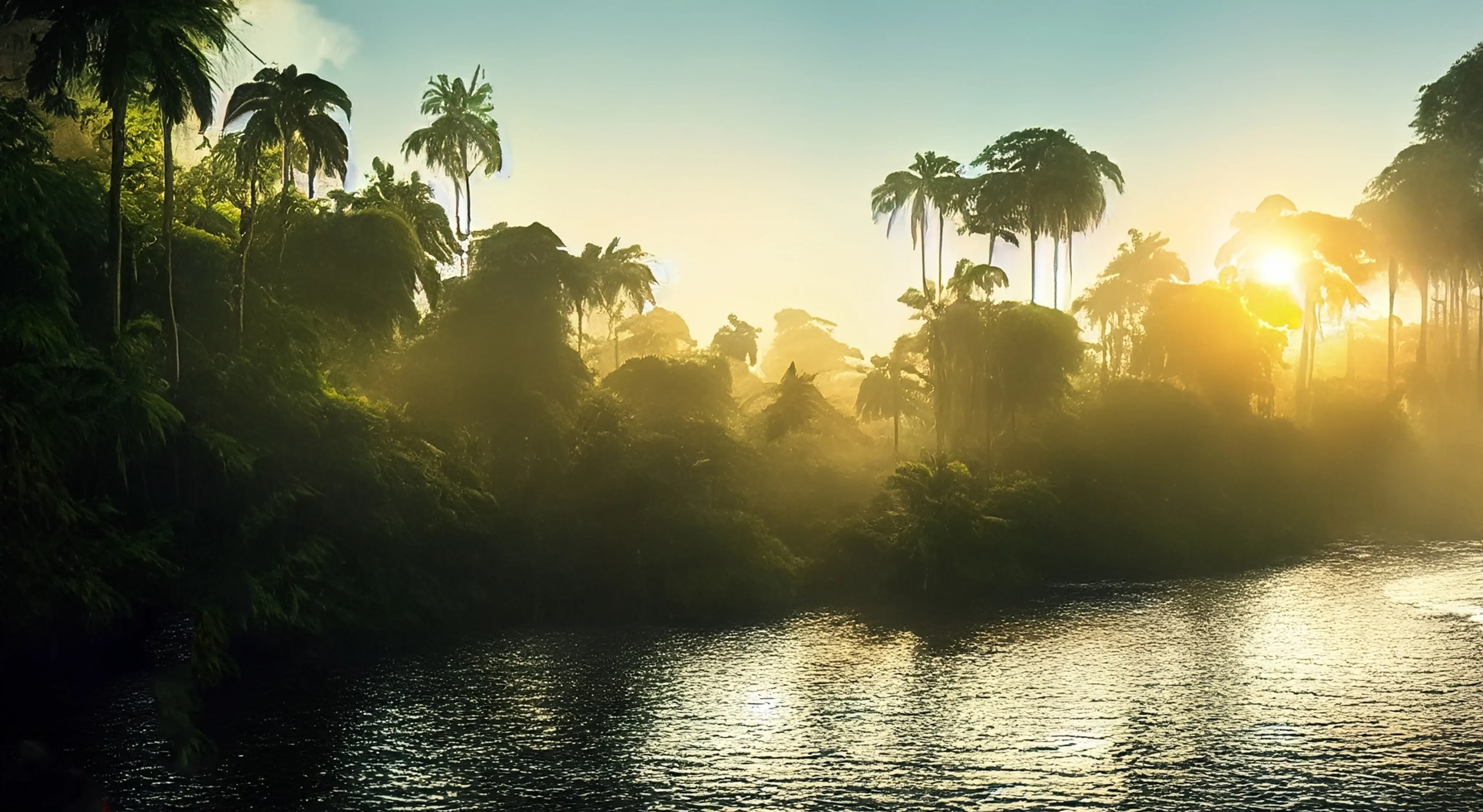
Volunteering provides a chance to work alongside local communities, learn about traditional conservation practices, and collaborate with dedicated organizations striving to protect South America’s natural heritage.
Whether drawn to the vibrant cultures, unique biodiversity, or the opportunity to make a positive impact, volunteering in South America promises an enriching experience for anyone passionate about conservation and environmental stewardship.
Highlights of volunteering in South America:
- Engage in hands-on conservation activities amidst diverse ecosystems like the Galapagos Islands, the Atlantic Rainforest or Patagonian wilderness.
- Participate in reforestation projects that aim to restore degraded landscapes and create wildlife corridors for endangered species.
- Contribute to global efforts to combat deforestation, habitat loss, and biodiversity decline.
- Immerse yourself in vibrant cultures and gain a deeper understanding of traditional conservation methods.
- Explore breath-taking landscapes and witness unique flora and fauna found nowhere else on Earth.
Why volunteering in South America?
Volunteering in conservation across South America provides a unique opportunity to immerse oneself in a continent renowned for its unparalleled biodiversity and rich cultural heritage. From the majestic Amazon rainforest to the rugged Andean peaks and pristine coastal ecosystems, South America offers a diverse tapestry of landscapes and wildlife found nowhere else on Earth. Volunteers can engage in activities ranging from protecting endangered species like jaguars and giant river otters to promoting sustainable agriculture and eco-tourism initiatives.
The region's unique blend of indigenous traditions and modern conservation practices provides a rich learning environment, where volunteers can gain insights into traditional ecological knowledge and innovative conservation strategies. By contributing to conservation efforts in South America, volunteers not only help preserve globally significant ecosystems but also play a crucial role in promoting environmental stewardship and sustainable development in one of the world's most captivating regions.
What kind of volunteering projects are there?
There are numerous types of conservation volunteering opportunities to engage in across South America, ranging from wildlife monitoring and habitat restoration to sustainable agriculture and community-based conservation projects.
Volunteering in wildlife protection
Volunteering in wildlife protection in South America offers the chance to safeguard iconic species like jaguars, macaws, and marine turtles in their natural habitats. It provides hands-on experience in population monitoring, data collection, habitat restoration, and potentially wildlife rehabilitation and release.
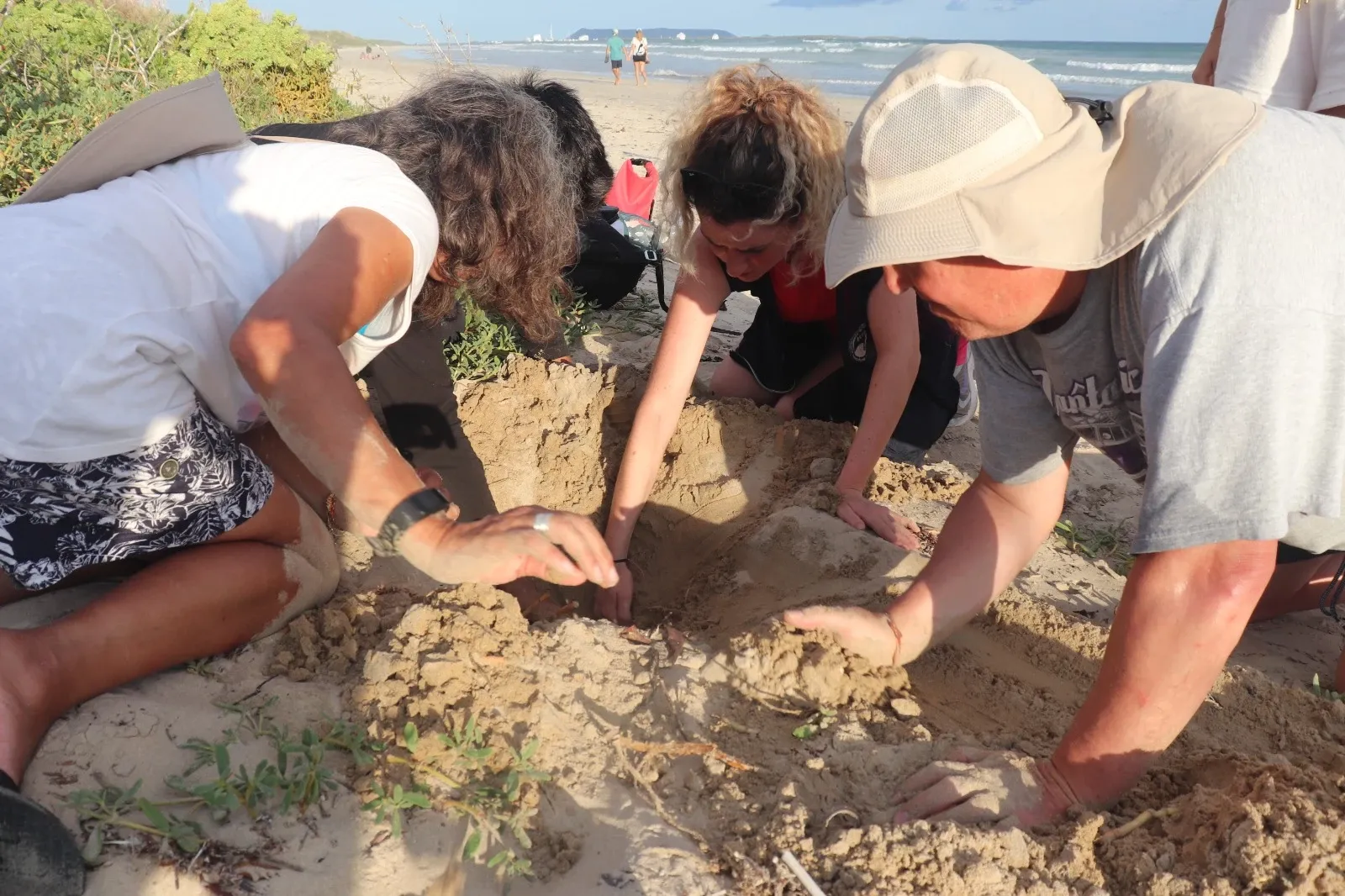
Volunteering in research and monitoring
Participating in research volunteering in South America offers an immersive experience in gathering crucial data on wildlife populations, habitat health, and environmental trends. It provides volunteers with hands-on opportunities to contribute to scientific studies, enhance field research skills, and support conservation initiatives across diverse ecosystems from rainforests to coastal habitats.
Volunteering in forest / nature conservation
Joining forces as a nature conservation volunteer in South America involves actively restoring degraded landscapes, planting native trees, and implementing sustainable land management practices. It provides volunteers with a tangible way to combat deforestation, enhance biodiversity, and promote ecosystem resilience in critical habitats across the continent.
»The Amazon rainforest is the world's largest pharmacy, but it's a pharmacy under threat.«
How to volunteer in South America
Becoming a conservation volunteer in South America involves several key steps to maximize your impact and enrich your experience. Start by researching reputable organizations and programs that align with your conservation goals, whether it's wildlife protection, reforestation, or community-based initiatives. Next, consider the location and type of work you're interested in, such as field research, habitat restoration, or environmental education.
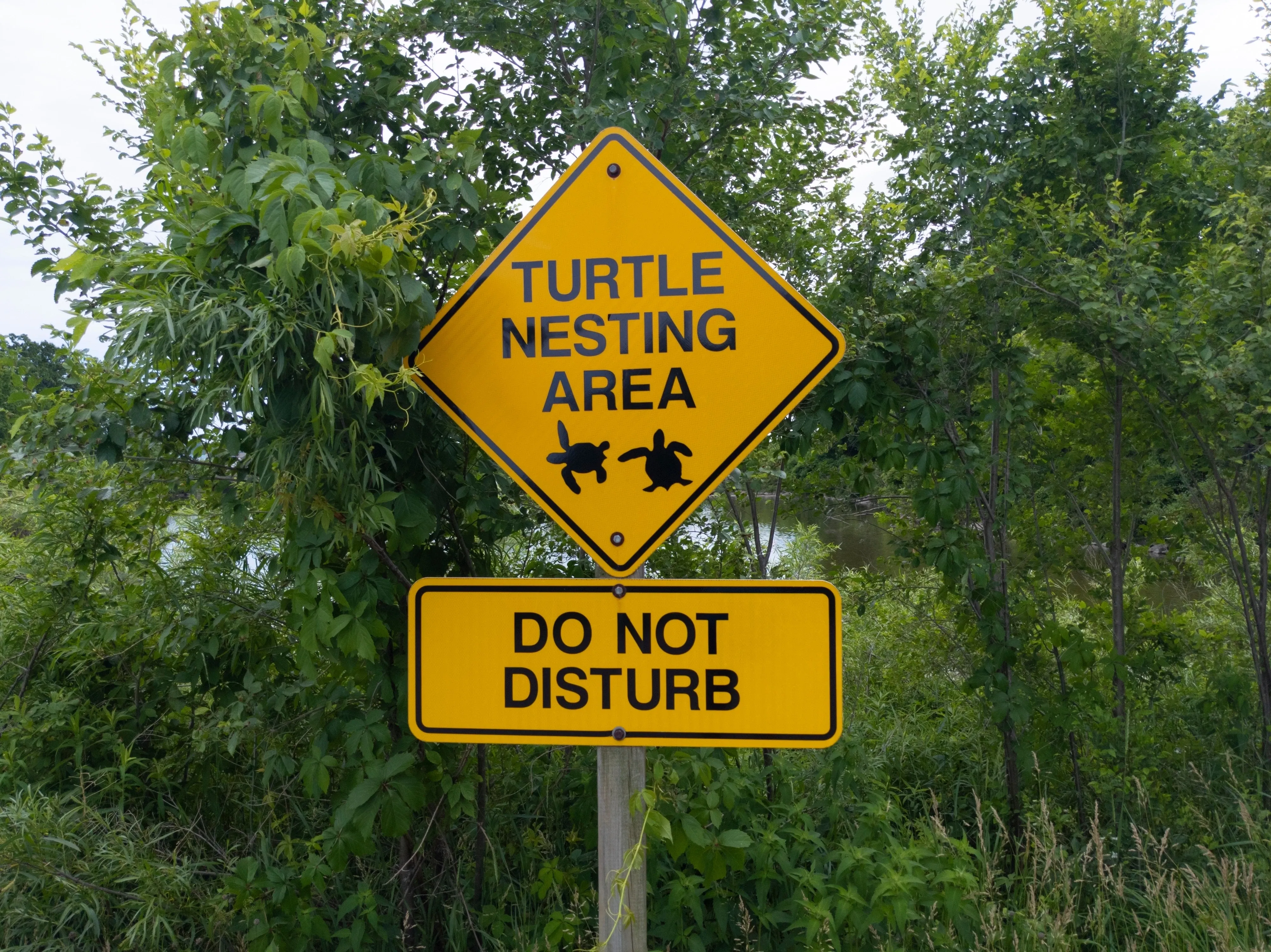
Apply to selected programs, ensuring you meet any requirements regarding skills, duration, and logistical considerations like accommodation and transportation. Once accepted, prepare for your volunteer role by familiarizing yourself with local wildlife, conservation challenges, and cultural norms. Engage wholeheartedly in the experience, learning from local experts, collaborating with communities, and contributing to sustainable practices that safeguard South America's natural heritage for future generations. Research the cultural norms and customs of the area to ensure respectful interactions with local residents and maximize your integration into the community.
Familiarize yourself with safety protocols and health considerations, including vaccinations and travel insurance, to navigate unfamiliar environments with confidence. Lastly, be prepared for varying living conditions and adaptability to potentially remote or rugged landscapes where conservation projects are often based. Equipped with this knowledge, conservation volunteers can approach their experience in South America with readiness and effectiveness, contributing meaningfully to conservation efforts while respecting local cultures and environments.
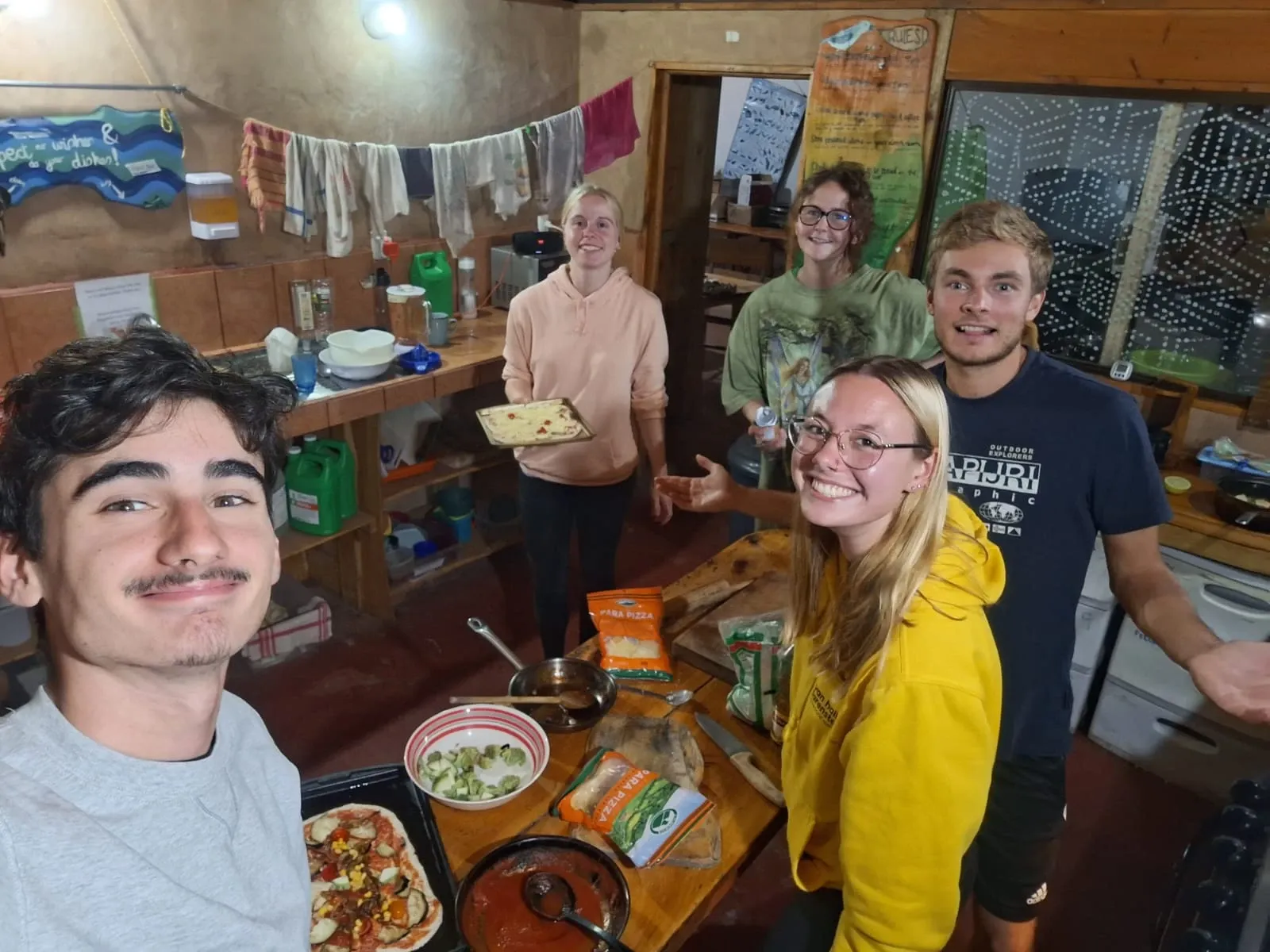
What do I need to know when volunteering in South America?
Before volunteering in South America as a conservation volunteer, it's crucial to familiarize yourself with several key aspects. Understand the specific environmental challenges facing the region you'll be working in, such as deforestation, habitat loss, or wildlife trafficking, and how these issues impact local ecosystems and communities.
What do I need to prepare myself for volunteering in South America? / How can I get started?
Before volunteering in South America as a conservation volunteer, it's crucial to familiarize yourself with several key aspects. Understand the specific environmental challenges facing the region you'll be working in, such as deforestation, habitat loss, or wildlife trafficking, and how these issues impact local ecosystems and communities.
»In the end, we will conserve only what we love; we will love only what we understand; and we will understand only what we are taught.«
Where should I volunteer in South America?
South America presents a diverse array of regions where volunteering in conservation can make a significant impact. In the Amazon Basin, particularly in countries like Brazil, Peru, and Bolivia, volunteers contribute to projects focused on combating deforestation, protecting indigenous territories, and monitoring wildlife such as jaguars, macaws, and river dolphins. The Atlantic Forest in Brazil is another hotspot for conservation efforts, where initiatives aim to restore fragmented habitats and safeguard endemic species like the golden lion tamarin.
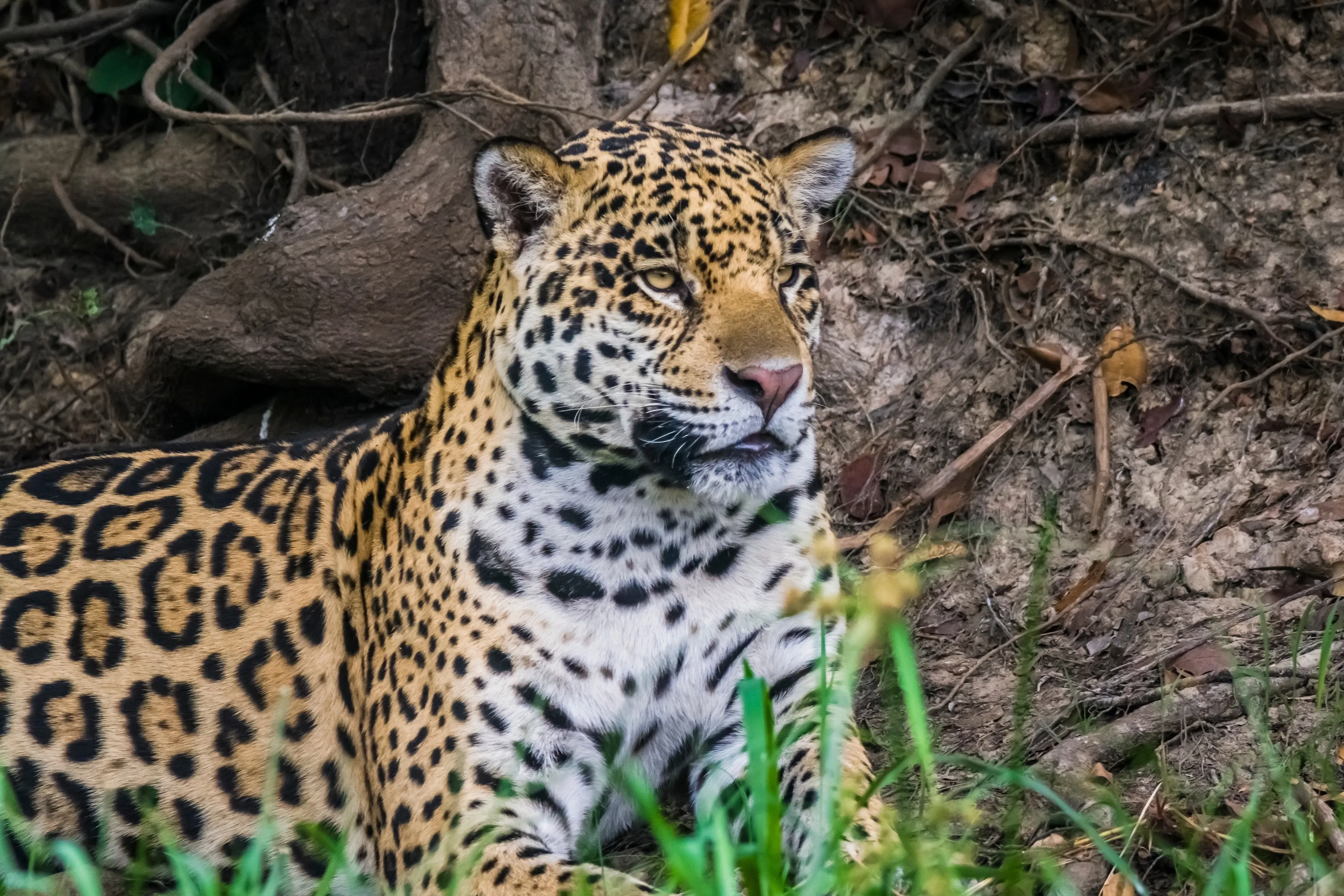
Moving to the Andes Mountains, countries like Ecuador and Colombia host projects aimed at conserving high-altitude ecosystems and iconic species such as the Andean bear and the mountain tapir. In Ecuador's Galapagos Islands, renowned for their unique biodiversity, volunteers support efforts to preserve endemic species like the Galapagos giant tortoise and the marine iguana, while also participating in marine conservation projects.
Along the coasts of South America, from Colombia to Argentina, volunteers contribute to marine conservation by protecting coral reefs, conducting research on marine mammals and sea turtles, and promoting sustainable fishing practices. Small-scale community efforts in regions like the Pantanal wetlands of Brazil focus on sustainable cattle ranching and wetland restoration, demonstrating the importance of local engagement in conservation.

These examples highlight the breadth of conservation opportunities in South America, spanning from vast rainforests and high-altitude ecosystems to coastal habitats and wetlands. Each region presents unique challenges and opportunities for volunteers to engage in meaningful conservation work and contribute to the protection of biodiversity.
Four reasons to volunteer in South America
- Rich biodiversity: South America is home to some of the most biodiverse regions on Earth, including the Amazon rainforest and the Galapagos Islands, offering unique opportunities to work with diverse ecosystems and iconic wildlife species.
- Conservation challenges: The continent faces significant conservation challenges such as deforestation, habitat fragmentation, and wildlife trafficking, providing a meaningful context for volunteers to contribute to global conservation efforts.
- Cultural immersion: Volunteering in South America allows for cultural immersion, offering volunteers the chance to engage with local communities, learn about indigenous cultures, and experience the vibrant traditions of the region.
- Professional development: Volunteers gain valuable field experience in wildlife monitoring, habitat restoration, and sustainable agriculture, enhancing their skills and knowledge in conservation practices applicable worldwide.
Sign up for the newsletter
By clicking on “Subscribe now” I will subscribe to the Conscious Explorer newsletter with all the information about mindful travel. Information on the success measurement included in the consent, the use of the shipping service provider MailChimp, logging of the registration and your rights of revocation can be found in our privacy policy.


